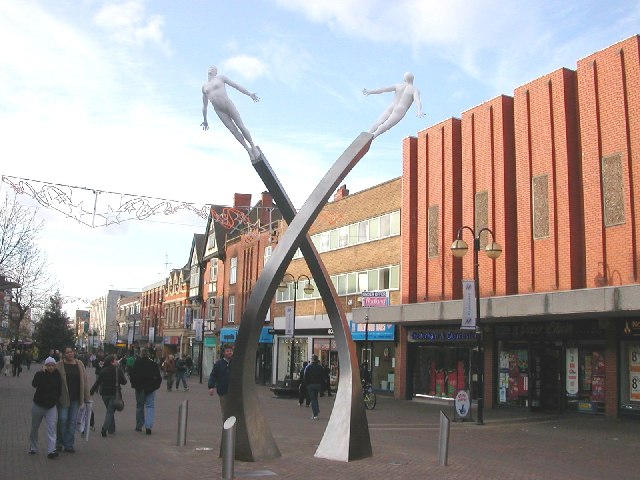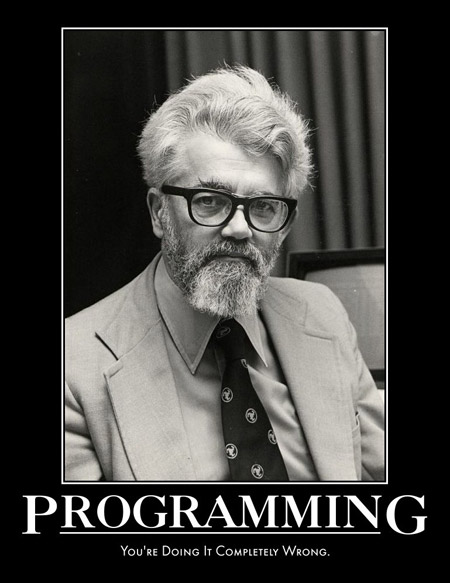Bioinformatics Blog Carnival #1
Yes! Why should the evolution people have all the fun with their blog carnival? (After all, it is only a theory.) It’s time for bioinformaticians to show what we are made of, and to have a carnival of our own. Bio::blogs had a good run some time ago. I decided to reconnect what is hopefully now a larger and more networked community under the title of Bioinformatics Blog Carnival.
Programming
For many new bioinformatic programmers, there is a question of which Bio* package to choose from. The Bio* packages (Biopython, BioPerl, BioJava and BioRuby) are open source licensed packages which are used heavily in bioinformatics coding. They contain parsers for bioinformatic data file, file format converters, SQL interfaces and other goodies that make a biohacker’s life manageable. Walter Jessen presents a rapid-fire no-nonsense review of Open Source Programming with Bio* Libraries on Expressing Scientific Insight. Finally, if you would like to do everything wrong, Manuel Corpas presents 10 Sarcastic Rules on How to Be a Bioinformatician posted at Manuel Corpas’ Blog.
Databases
Morgan Langille talks about BioTorrents – a file sharing resource for scientists posted at his blog Beta Science. My take on BioTorrents is that it is a cool idea, but as most institutes block BitTorrent along with other peer-to-peer sharing utilities, I doubt there is a critical mass of feeders to make BioTorrents viable. Things can change though: institutes might decide to set up dedicated servers to Torrent scientific data, just like there are legitimate Torrent servers for Linux distros. George presents Bio-graphics, BioSQL and Rails part 1 posted at Biorelated. He talks about how to quickly add graphics support to a bioinformatics database rails application.
Brad Chapman’s Blue Collar Bioinformatics is a treasure-trove of useful bioinformatics methods. Brad is very thorough in his writing, and he covers a wide variety of topics. I particularly enjoyed reading about his adventures at the biohackathon 2010 in Tokyo, and the resulting Python query interface to BioGateway SPARQL endpoint and InterMine.
Genomics
Nick Loman from Pathogens: Genes and Genomes gives some excellent tips for de-novo genome assembly. He also gives the necessary scripts,which are great companions to Velvet, the popular short read assembler. Luke Jostins writes about AGBT: Speculating on Third Gen Tech posted at Genetic Inference, “An investigation into what data from various third generation sequencing technologies may look like.” SM presents Resources for Exome sequencing annotation posted at Organizing the Strands of Curiosity.
Structural biology
Sean Seaver talks about the retraction of several protein structure papers published by one group at the University of Alabama, Birmingham. Structuregate was reported both in the media and in the blogosphere. Sean walks us through how it might have been done, and how structural bioinformatics techniques found out the wrong structures in Origin and Orientation posted at P212121. Maria Hodges talks about how difficult it is to explain structural genomics to the man in the pub. Menachem Fromer presents Tradeoff between stability and multispecificity in the design of promiscuous proteins. Promiscuous proteins are proteins which bind different partners (ligands, or other proteins). However, the more partners they are able to bind, the less stable they are, as shown in a series of simulated evolution studies, summarized at Nir London’s Macromolecular Modeling Blog. OK, promiscuity and and a pub. There must be a joke somewhere there.
A common lament among bloggers and other enthusiastic adopters of Web 2.0 technology is the lack of mainstream uptake of these tools by active scientists. A recent report from University of California Berkeley confirmed this: “The advice given to pre-tenure scholars was consistent across all fields: focus on publishing in the right venues and avoid spending too much time on public engagement, committee work, writing op-ed pieces, developing websites, blogging, and other non-traditional forms of electronic dissemination (including online course activities)“. Maria Hodges argues that Web 2.0 thrives where journals don’t, and that the NMR community might be the first to reach the tipping point, where your career is harmed by not contributing. She talks of two wikis used by the NMR community. It is a small community, which has a need for sharing methods that are generally not publishable in peer-reviewed journals. The wiki venue makes for an ideal dissemination method for this community. On the subject of data sharing, and how it can backfire: here is an interesting connection between the history of the PDB, and the email affair known as ‘climategate’.























Great work!
I wasn’t sure whether to laugh or cry when I read Manuel Corpas’ 10 Sarcastic Rules on How to Be a Bioinformatician. Are you sure it’s not true??
Good to see this!
I’m particularly pleased to see the Structural Biology section.
Could I suggest you add information as to how to submit, etc., to the carnival and maybe leave this at the bottom of each edition?
I’ve just put up a post promoting this. I see it’s already had a good shout around when it first was published, but more advertising never hurts, right?! (I’ve linked to it on my name.)